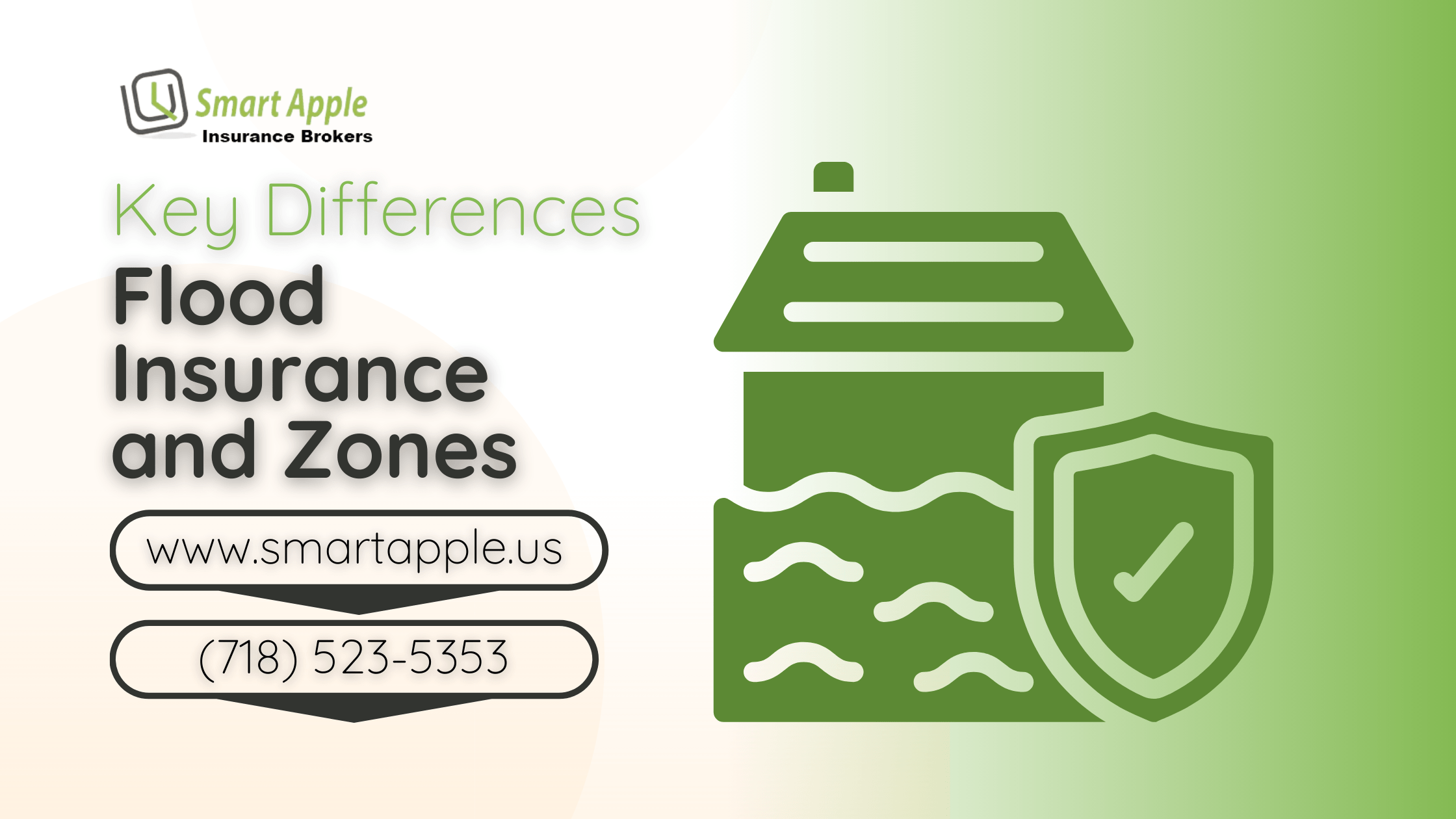Understanding Flood Alerts: A Comprehensive Guide To Flood Safety

Table of Contents
Types of Flood Alerts and Warnings
Understanding the difference between flood watches, warnings, and advisories is the first step in flood safety. These alerts indicate varying levels of risk and require different responses. Ignoring these alerts can have severe consequences.
-
Flood Watch: A flood watch means conditions are favorable for flooding. This isn't a cause for immediate panic, but it's a signal to prepare. Monitor weather reports closely and be ready to take action if necessary. This might include moving valuable items to higher ground or gathering your emergency supplies.
-
Flood Warning: A flood warning is serious. Flooding is happening or is imminent. You must take immediate action to protect yourself and your property. This is the time to evacuate if instructed, move to higher ground, and secure your home as best as possible. Examples include a severe river flood warning where a river is expected to overflow its banks or a flash flood alert after a period of intense rainfall.
-
Flood Advisory: A flood advisory indicates that minor flooding is occurring or is expected. While less severe than a warning, it still requires caution. Be aware of potential hazards, avoid driving through flooded areas, and monitor the situation. A coastal flood advisory, for instance, might warn of minor tidal flooding in low-lying coastal areas.
Different organizations issue flood alerts. The National Weather Service (NWS) is a primary source, providing alerts via its website and mobile app. Local news channels and weather apps also relay these critical messages. Understanding the specific language used – "flash flood," "coastal flood," "river flood warning" – is crucial to interpreting the urgency of the situation. For example, a flash flood alert requires immediate action due to the rapid onset of flooding.
Creating a Flood Preparedness Plan
Proactive planning is essential for surviving and recovering from a flood. Don't wait until a flood is imminent to start preparing; a well-thought-out plan can significantly reduce the impact of a flood.
-
Identify Potential Flood Risks: Determine if your home is in a flood-prone area. Check flood maps and consider past flooding incidents in your region.
-
Develop an Evacuation Plan: Plan your escape routes, identify safe meeting points for your family, and know how to get to higher ground quickly. Practice your evacuation plan so everyone knows what to do in an emergency.
-
Create an Emergency Kit: Assemble a kit containing essential supplies like water (one gallon per person per day for at least three days), non-perishable food, a first-aid kit, medications, flashlights, batteries, and a NOAA weather radio. Consider including waterproof containers for important documents.
-
Secure Important Documents and Valuables: Store vital documents, such as insurance policies and identification, in waterproof containers or safety deposit boxes. Elevate and protect valuables that are susceptible to water damage.
-
Learn CPR and First Aid: Knowing basic first aid and CPR can be invaluable in a flood emergency, allowing you to help yourself or others.
Flood insurance can provide crucial financial protection in case of flooding. While not always mandatory, it's a smart investment for those living in high-risk areas. A comprehensive flood preparedness checklist, readily available online, can help guide you through the process.
Protecting Your Home from Flood Damage
Taking steps to protect your home can significantly minimize flood damage. These preventative measures, combined with a well-defined flood evacuation plan, are crucial to your safety and preparedness.
-
Elevate Electrical Appliances and Valuables: Move valuable items and electronics to higher shelves or floors to protect them from floodwaters.
-
Install Flood Barriers or Sandbags: Flood barriers and sandbags can help protect your home's entrance points from floodwaters. Learn the proper sandbagging techniques for maximum effectiveness.
-
Clear Gutters and Drains Regularly: Keeping your gutters and drains clean prevents water from accumulating around your home.
-
Understand Your Home's Flood Risk and Consider Flood-Proofing Modifications: Investing in flood-proofing modifications, such as installing waterproof materials or elevating your foundation, can substantially reduce flood damage.
Regular maintenance and proactive measures contribute significantly to flood damage prevention and increase the resilience of your home against future flooding.
Responding to a Flood Warning
When a flood warning is issued, immediate action is critical. Your preparedness plan should guide your response, but swift action is paramount.
-
Move to Higher Ground Immediately: Evacuate if instructed by authorities. Get to higher ground as quickly and safely as possible.
-
Avoid Floodwaters: Never drive or walk through floodwaters. They can be deeper and faster-flowing than they appear, containing hidden dangers like debris, downed power lines, and contaminants.
-
Turn Off Utilities (Gas, Electricity): If it is safe to do so, switch off gas and electricity to prevent further damage or electrical hazards.
-
If Trapped, Seek Immediate Help: Call emergency services and provide your location. If possible, seek refuge on the upper floors of a sturdy structure.
-
Stay Updated on the Situation: Continuously monitor weather reports and official announcements for updates on the flood situation.
Floodwater dangers are significant; your life is paramount. Your actions during a flood emergency directly impact your safety.
Recovering After a Flood
Recovering from a flood can be a long and challenging process. Taking organized steps ensures efficiency and minimizes further stress.
-
Contact Your Insurance Company: Report the flood damage to your insurance company as soon as possible to begin the claims process.
-
Document the Damage: Take photos and videos of the damage to your property. This documentation is crucial for insurance claims.
-
Clean and Sanitize Your Home Thoroughly: Thorough cleaning and sanitization are vital to prevent mold and other health hazards after flood damage.
-
Dispose of Flood-Damaged Items Properly: Dispose of contaminated items according to local regulations.
-
Seek Assistance from FEMA or Other Relief Organizations: Contact FEMA (Federal Emergency Management Agency) or other relief organizations for assistance if needed.
Flood recovery tips and information on flood damage cleanup are available from various sources, including government agencies and non-profit organizations.
Conclusion
Understanding flood alerts is critical for protecting yourself and your loved ones. By implementing a comprehensive flood preparedness plan, you can significantly reduce the risk and impact of flood damage. Remember to regularly review your plan and stay informed about potential flood risks in your area. Stay safe and prepared! Learn more about protecting yourself with detailed information on [link to relevant resource or page on flood safety]. Remember, proactive preparation is key to mitigating the effects of floods; make sure you understand flood alerts and take necessary precautions. Don't underestimate the power of preparation; your safety depends on it.

Featured Posts
-
 Une Nouvelle Ere Pour Les Diables Rouges De La Rtbf
May 26, 2025
Une Nouvelle Ere Pour Les Diables Rouges De La Rtbf
May 26, 2025 -
 Apples Stock Dip And Tim Cooks Leadership Under Scrutiny
May 26, 2025
Apples Stock Dip And Tim Cooks Leadership Under Scrutiny
May 26, 2025 -
 Tour Of Flanders 2024 Pogacars Stunning Solo Win
May 26, 2025
Tour Of Flanders 2024 Pogacars Stunning Solo Win
May 26, 2025 -
 Sinners A Louisiana Horror Movie Arrives In Theaters Soon
May 26, 2025
Sinners A Louisiana Horror Movie Arrives In Theaters Soon
May 26, 2025 -
 Mercedes Launches Investigation Lewis Hamilton Update Revealed
May 26, 2025
Mercedes Launches Investigation Lewis Hamilton Update Revealed
May 26, 2025
